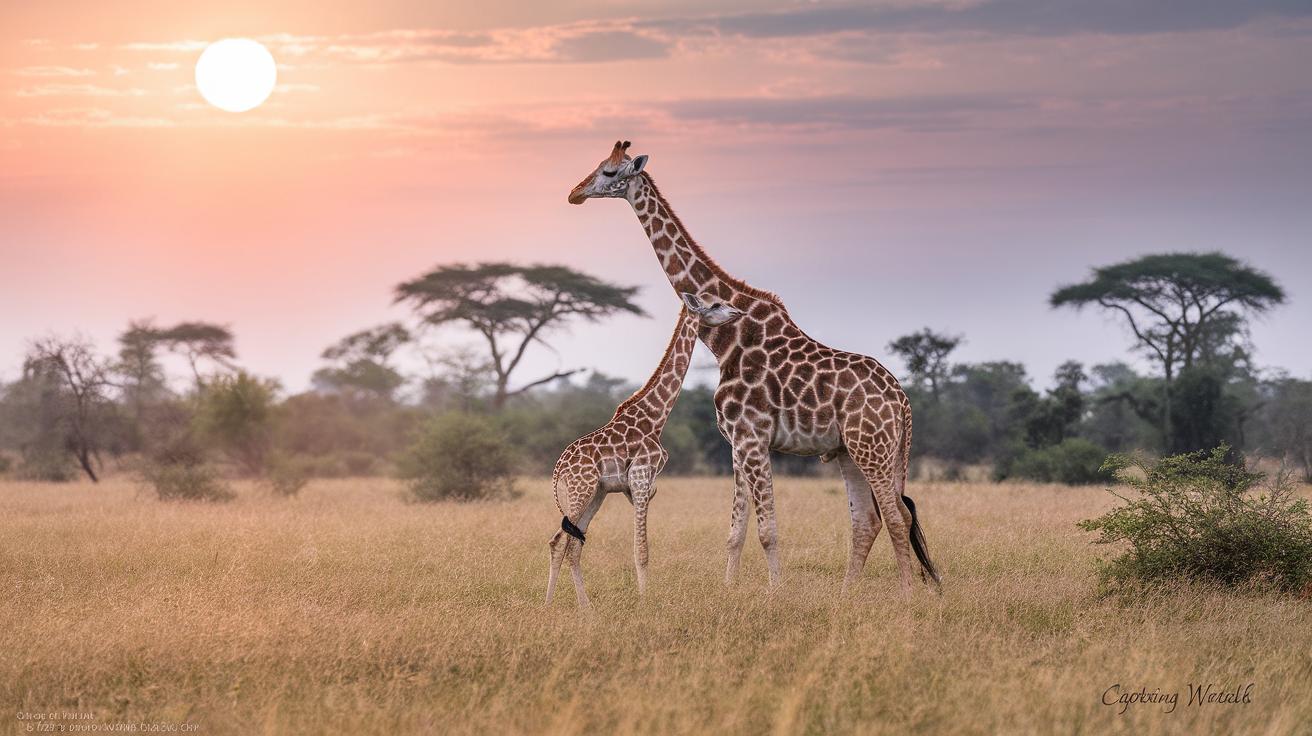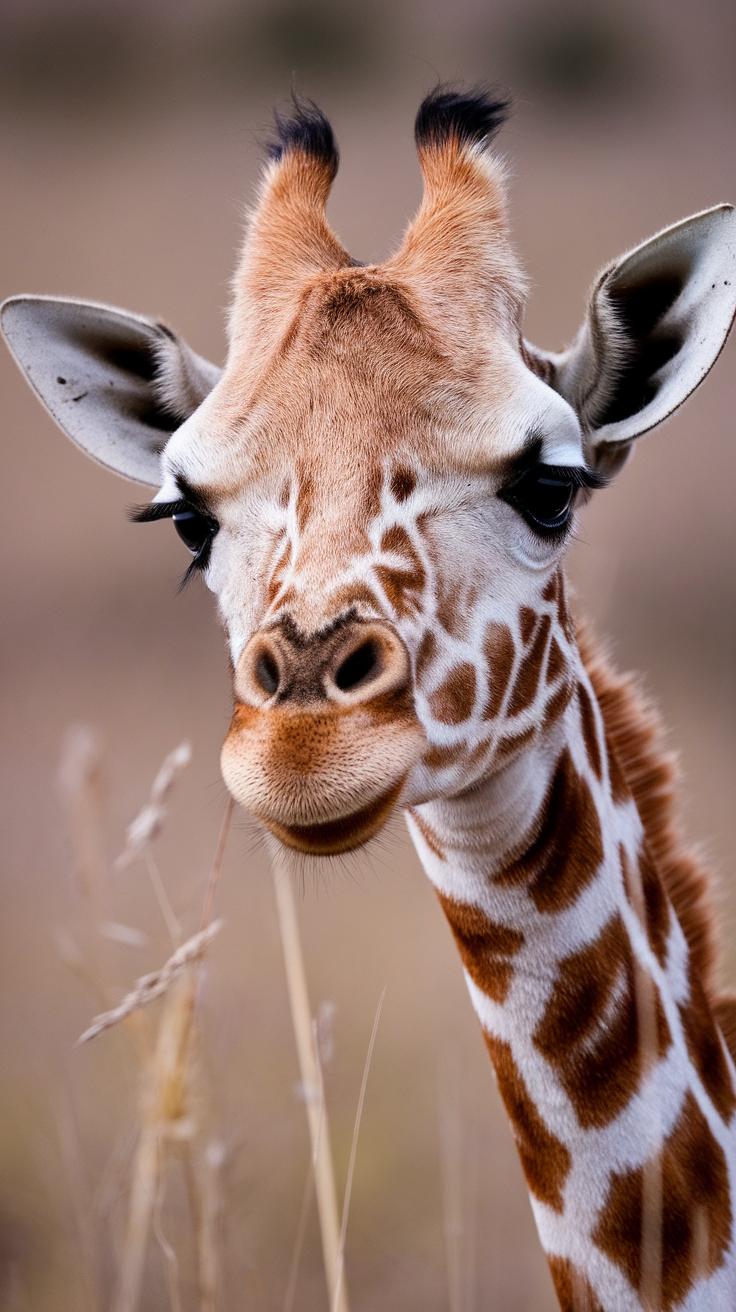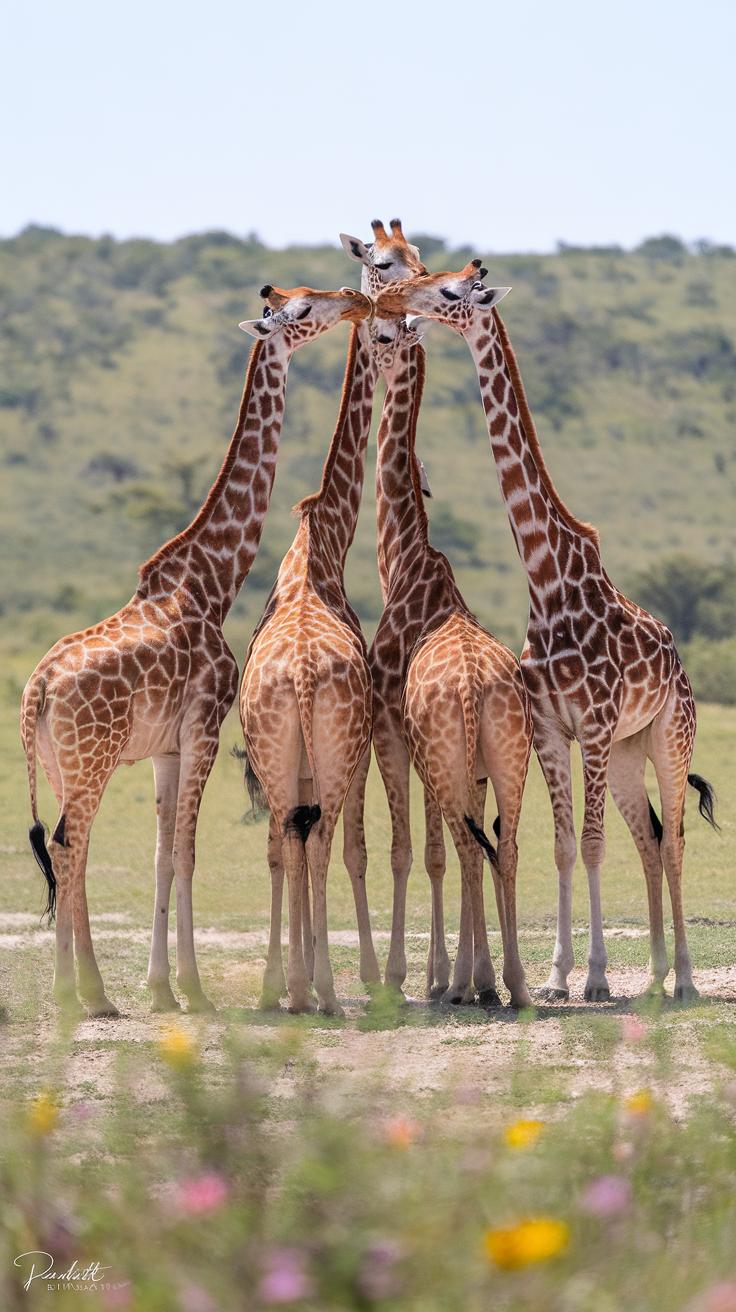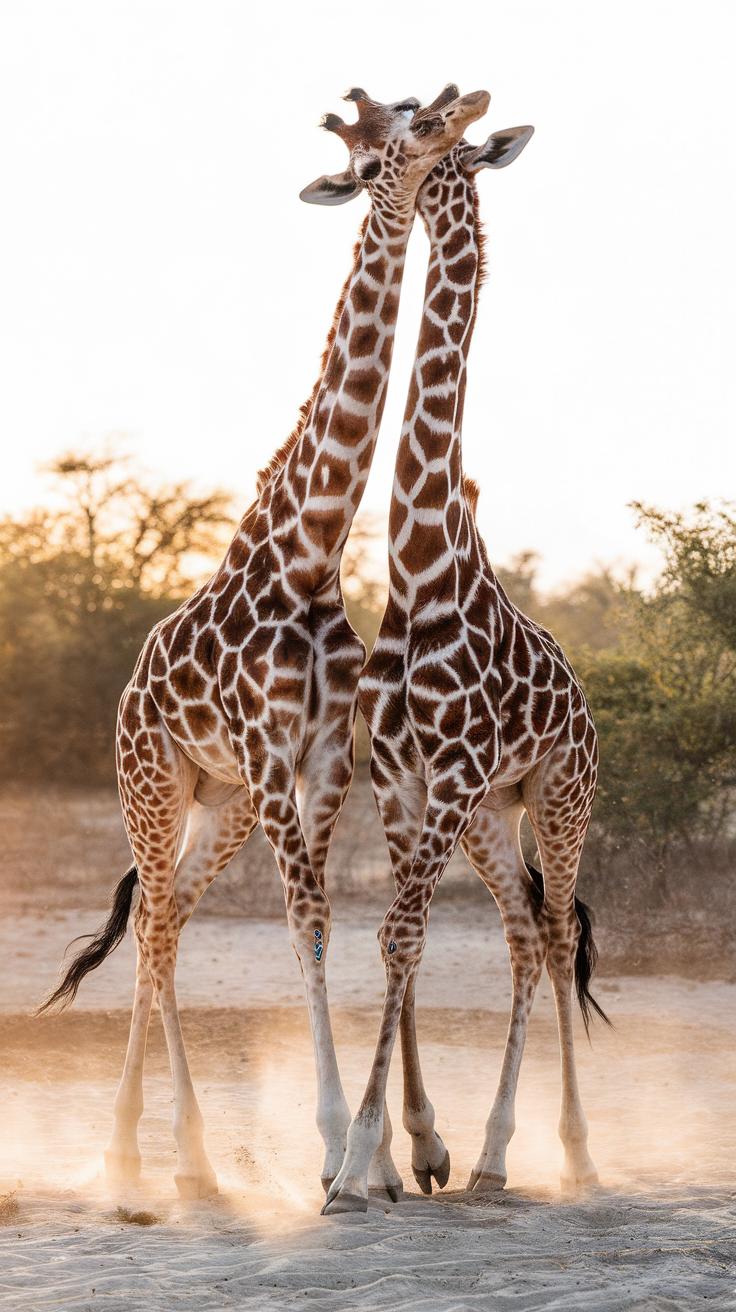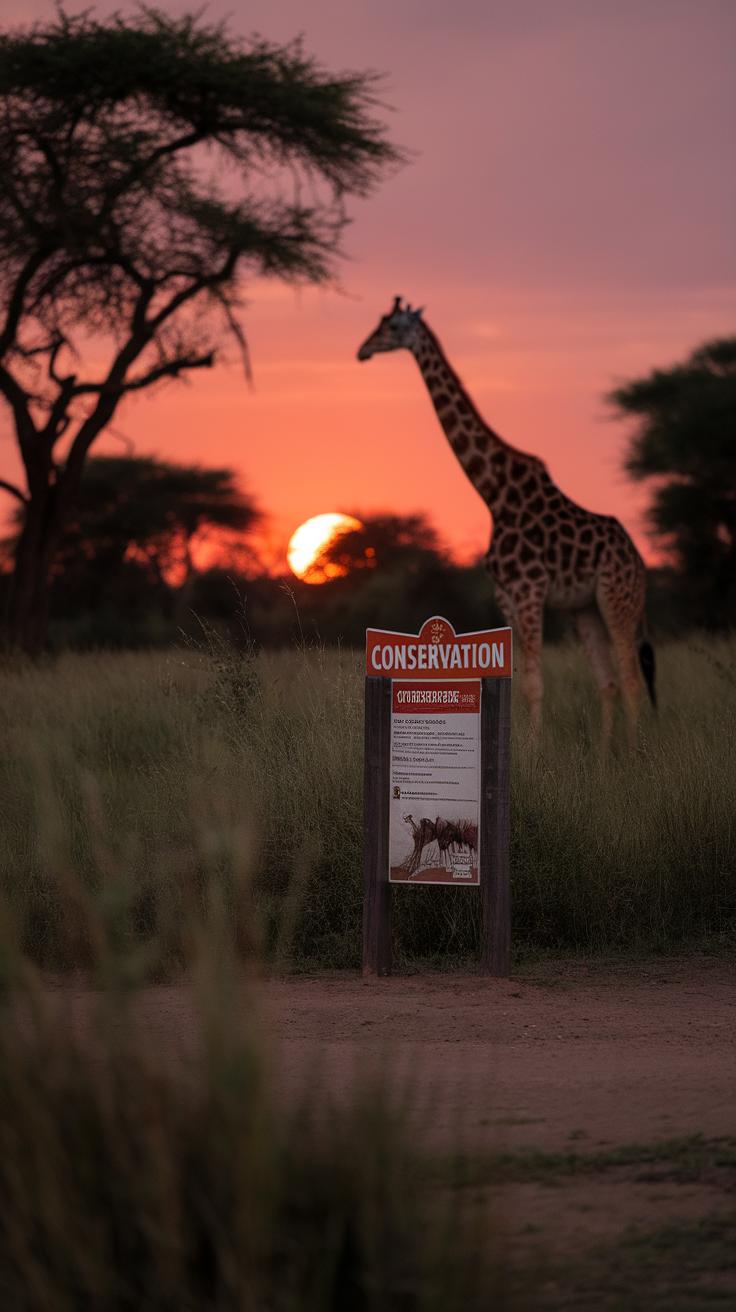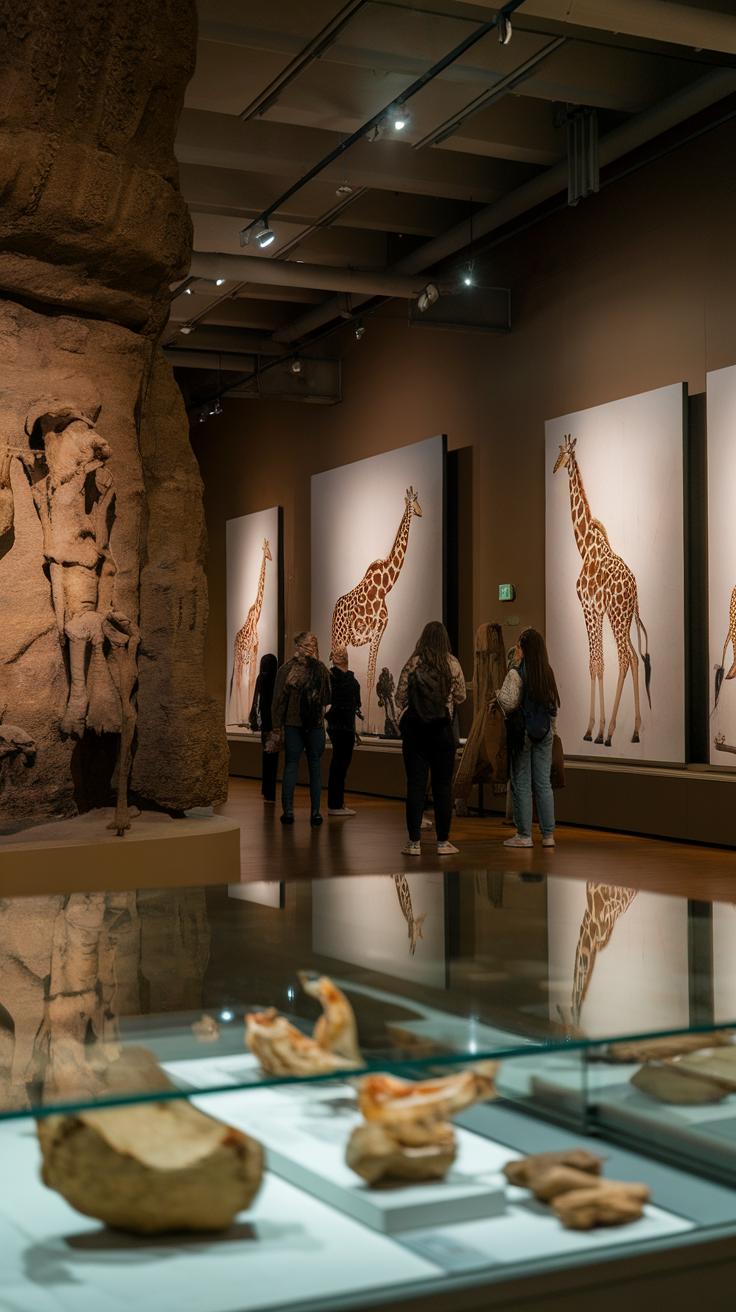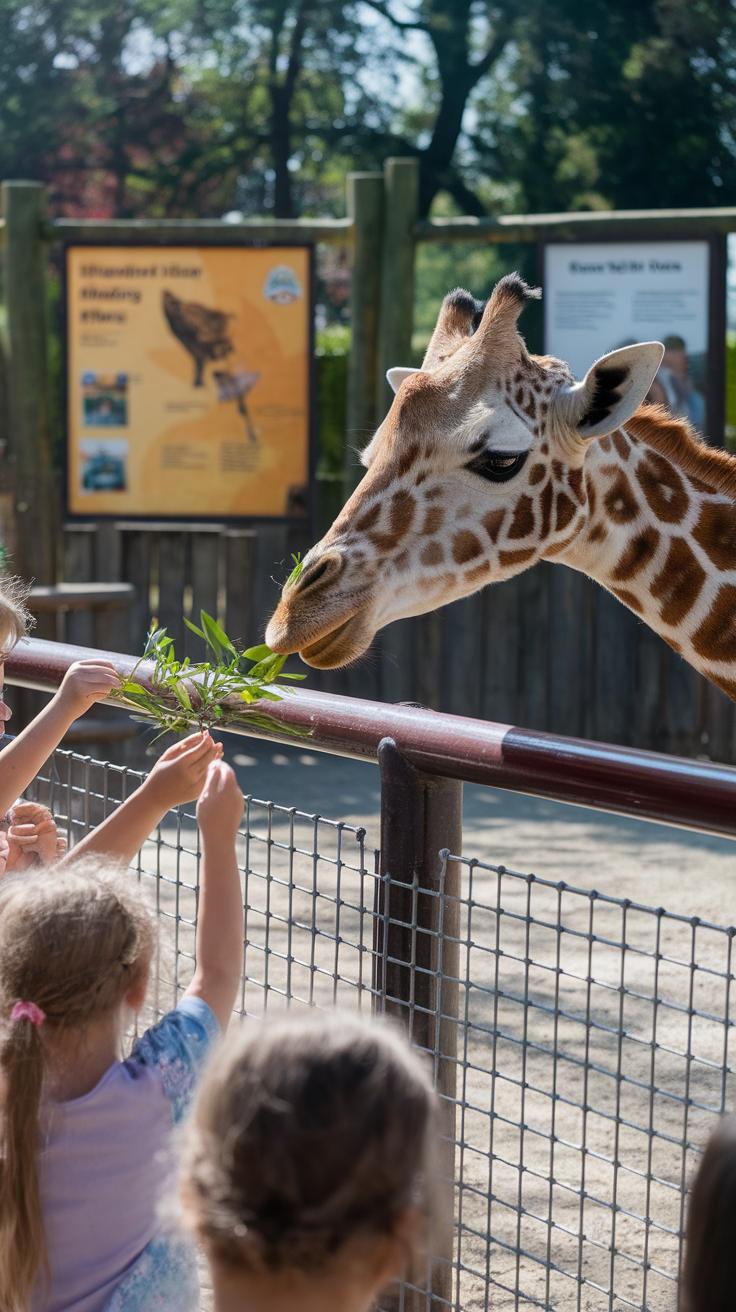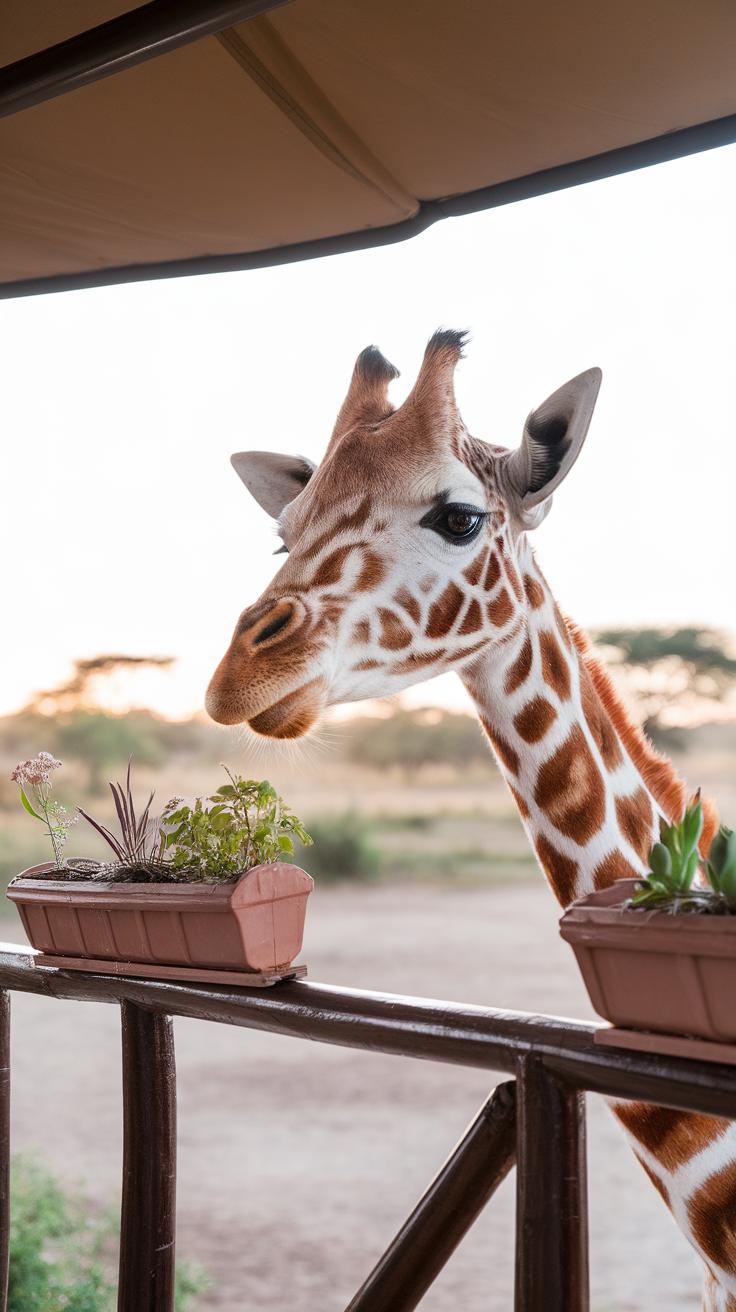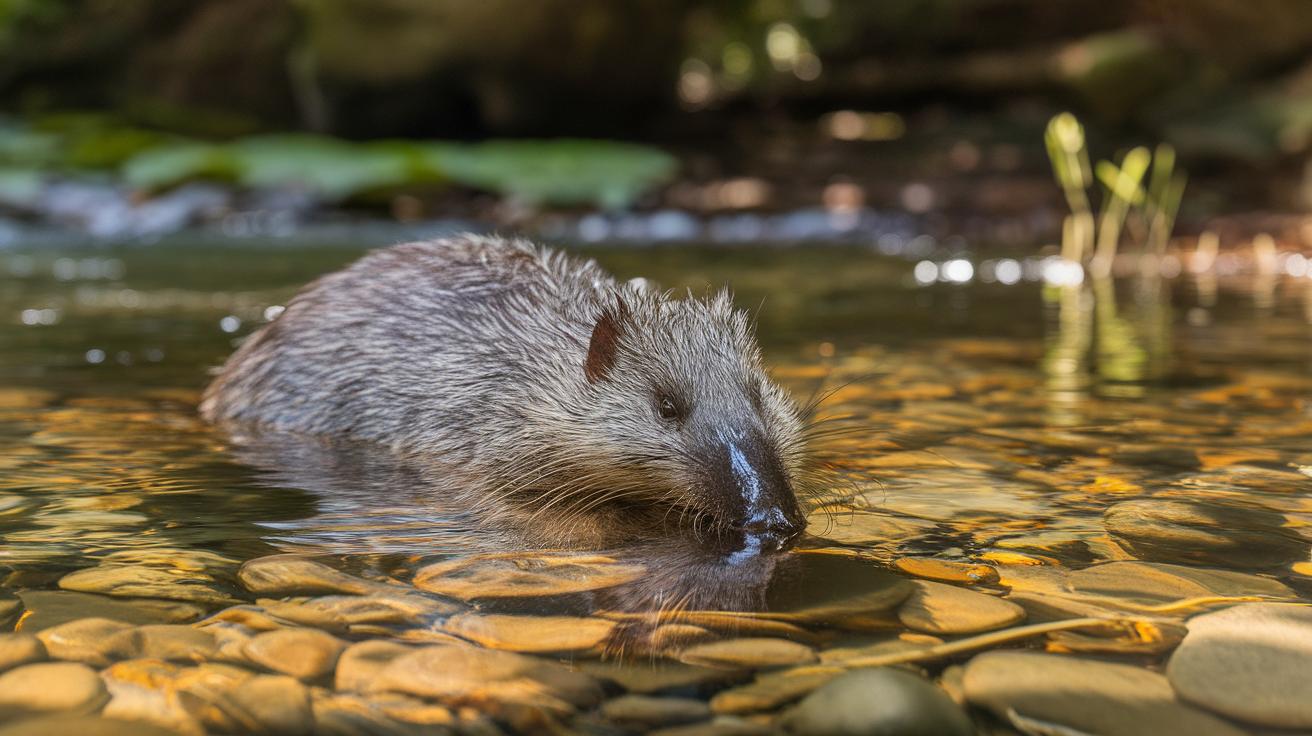Introduction
Giraffes, the towering giants of the African savannah, embody elegance and charm with their long necks and distinctive spotted patterns. The mesmerizing sight of a cute giraffe grazing among the trees or playfully interacting with others in their herd inspires many nature enthusiasts and animal lovers. This article dives into the enchanting moments that showcase the amiable nature of giraffes, revealing why they have captured the hearts of so many.
As we journey through the world of giraffes, we will explore various aspects of their behavior, social dynamics, and the remarkable ties they share with their environment. From their playful antics to the affectionate bonds formed within their herds, cute giraffe moments reflect not just their innocence but also the wild’s beauty. Join us as we celebrate these magnificent creatures and the joys they bring to our lives.
Understanding the Giraffe The Endearing Nature of Giraffes and Their Unique Characteristics
Among the animal kingdom, giraffes stand out due to their remarkable height, often reaching up to 18 feet. This distinct feature, coupled with their intricate coat patterns, ranging from tawny to beige with brown patches, captures the imagination. Their long necks evolved to allow them to reach high foliage, helping them thrive in savannas and open woodlands across Africa. Physiologically, giraffes possess a unique cardiovascular system that accommodates their towering frames. The heart, weighing around 25 pounds, pumps blood against gravity to their brains while sophisticated valves maintain blood flow during sudden movements. This adaptation is crucial for their survival, showcasing the wonders of evolution in their species.
Social Structures Among Giraffes: Understanding Dynamics Within Giraffe Herds
In the social landscape of giraffes, herds are typically fluid with a composition predominantly of females and their calves, while males often wander independently or form bachelor groups. The bonds among these animals are essential for nurturing and protection. Mothers play a pivotal role in teaching their young essential survival tactics. Observations reveal that giraffes communicate through subtle body language, including neck movements and vocalizations, to strengthen their social ties. Within these herds, social dynamics are intricate; females often establish hierarchies that influence feeding choices and calf care. Collaborative behaviors, such as vigilance against predators, further exemplify the endearing nature and cooperative spirit that define giraffe interactions in the wild.
Social Structures Among Giraffes The Intriguing Dynamics of Herd Life
Composition and Relationships Within Giraffe Herds
Giraffe herds, often composed of females and their young, showcase a fascinating social structure. Typically, males are less involved in the daily dynamics of the group, often forming temporary bachelor herds instead. Female giraffes establish strong bonds, nurturing their calves collectively and fostering a supportive environment. This communal caregiving approach not only benefits the individual but also enhances the survival rates of the young, as mothers can share vigilance against predators.
Social Dynamics and Interactions
Within these herds, giraffes exhibit a variety of social behaviors such as grooming, nuzzling, and even gentle necking among young males, which serves to establish hierarchy and friendships. The observed behaviors contribute to the overall harmonious atmosphere of the group, reinforcing relationships essential for their social development. These interactions highlight the significance of social networks in giraffes, offering a glimpse into their complex social fabric that inspires admiration and a deeper understanding of these extraordinary creatures.
Playful Moments of Giraffes Capturing Their Adorable Antics in the Wild
The Joy of Giraffe Playfulness
Observing giraffes in their natural habitat reveals a treasure trove of playful moments that showcase their endearing nature. These towering creatures often engage in delightful antics, such as gentle neck sparring or playful kicking, which not only entertain but also serve as important social interactions. Such behaviors help strengthen bonds within the herd, reinforcing social structures established among peers. Playfulness ensures that young giraffes learn necessary survival skills while promoting overall physical health through the exercise involved in these activities.
The Benefits of Playful Interactions
Engaging in play allows giraffes to express their charming personalities and alleviates stress. Group play becomes a vital component of their daily routine, contributing to emotional and physical well-being. Captured moments of young calves frolicking or playfully chasing each other illustrate a carefree world where joy reigns supreme. These interactions not only charm wildlife observers but also remind us of the significant role that playful behavior plays in maintaining a balanced ecosystem. In the wild, such moments give insight into the giraffe’s unique social fabric, inviting admiration and respect for these magnificent beings.
The Importance of Giraffe Conservation
Threats and Conservation Efforts
Giraffes face numerous challenges in the wild, including habitat loss, poaching, and climate change. These threats have led to a significant decline in their populations, prompting urgent conservation initiatives. Organizations dedicated to giraffe protection are implementing strategies such as habitat restoration and anti-poaching measures. These efforts aim to provide safe environments where giraffes can thrive.
Raising Public Awareness
Public awareness plays a critical role in giraffe conservation. Educational campaigns highlight the unique behaviors and adorable moments of giraffes, fostering a connection between these creatures and people. By promoting awareness, communities can participate in conservation projects, supporting local efforts to protect giraffes and their habitats. Engaging the public not only aids in fundraising but also cultivates a sense of responsibility towards preserving these magnificent animals for future generations.
Cultural Significance of Giraffes The Enduring Symbol Across Civilizations
The Giraffe in Art and Literature
Throughout history, giraffes have captured the imagination of various cultures, embodying grace and elegance. In ancient Egypt, their images adorned tombs and papyrus, symbolizing nobility and beauty. In African folklore, giraffes often appear as wise creatures, teaching valuable lessons. This gentle giant has also made its way into literature, serving as a metaphor for uniqueness and perspective. Authors use their long necks to symbolize looking at life from different viewpoints, inspiring readers to embrace diversity.
Giraffes in Popular Culture
Their appeal extends into modern popular culture, where giraffes become beloved characters in animated films and merchandise. From classic cartoons to contemporary children’s books, these gentle creatures evoke a sense of wonder and warmth. Media representations play a significant role in shaping positive perceptions of wildlife, encouraging conservation efforts. Cute giraffe moments in films showcase their playful behavior, fostering a connection that inspires audiences around the world to appreciate and protect these extraordinary animals in their natural habitats.
Educational Outreach and Giraffes Raising Awareness Through Engagement
Zoo and wildlife organizations play a vital role in developing educational outreach programs that focus on giraffes, aiming to raise awareness about their ecological significance and conservation needs. Through immersive experiences, these institutions provide insights into the lives of these gentle giants, emphasizing their unique adaptations and behaviors. Many programs include interactive workshops, guided tours, and presentations that highlight the challenges facing giraffes in the wild, such as habitat loss and poaching.
Special events like “Giraffe Awareness Day” can engage visitors of all ages, fostering a sense of stewardship for these magnificent creatures. By equipping the public with knowledge, these organizations instill a deeper appreciation for giraffes, inspiring active involvement in their conservation. This grassroots effort ultimately strengthens community ties while contributing to global initiatives aimed at preserving giraffe populations for future generations.
Giraffes in Popular Media Unpacking Their Adorable Presence
Giraffes in Film and Cartoons
The charming presence of giraffes in popular media significantly contributes to their endearing image. Animated films like “Madagascar” showcase these long-necked creatures in humorous roles that resonate well with audiences. Their towering height and cartoonish features elicit laughter and affection, drawing attention to their graceful nature. Giraffes often symbolize curiosity and playfulness in children’s cartoons, allowing young viewers to develop empathy for wildlife. These portrayals help bridge the gap between humans and nature, emphasizing the importance of conservation while making giraffes relatable and lovable.
Advertisements and Brand Messaging
Brands frequently employ giraffes in advertisements to evoke warmth and friendliness. Products related to health, wellness, and children’s items typically use imagery of giraffes to create a nurturing vibe. The gentle demeanor of giraffes makes them ideal mascots, encouraging consumers to connect emotionally with the brand. Such marketing strategies not only make products appealing but also foster a greater interest in wildlife conservation initiatives. This relationship illustrates how the representation of giraffes in media cultivates a broader appreciation for these gentle giants and reinforces their status as beloved symbols of the wild.
Experiencing Giraffes Up Close Cute Giraffe Moments That Inspire The Wild
Engaging Encounters with Giraffes
Many people dream of witnessing giraffes in their natural habitats, and these encounters offer a unique perspective on their graceful behaviors. Safari experiences allow visitors to observe these magnificent creatures as they roam the savannas of Africa, providing a thrilling backdrop for capturing incredible moments. Close contact with giraffes during guided tours often showcases their friendly and curious natures, particularly when food is involved. Feeding sessions allow individuals to experience the gentle yet playful approach of giraffes, offering them leafy treats that elicit adorable reactions, showcasing their endearing personalities.
The Role of Zoos and Conservation
Zoos around the world also present opportunities for close interactions, where guests can witness giraffes up close, often participating in educational programs that highlight giraffe conservation. These interactions help raise awareness about the need to protect their natural habitats and the challenges they face, such as poaching and habitat loss. Participating in conservation initiatives supports efforts to ensure future generations can experience these beautiful animals in the wild, fostering a deep appreciation for the gentle giants and their critical roles in the ecosystem.
Conclusions
The charm of cute giraffes goes beyond their striking appearance; it encapsulates a world of fascinating behaviors and social interactions that resonate with our emotions. These gentle giants remind us of the importance of conservation and the need to protect their natural habitats. Their endearing presence enriches biodiversity, making it essential to appreciate and safeguard such wildlife.
We hope this exploration of cute giraffe moments inspires readers to connect with nature and advocate for the protection of these incredible animals. Each interaction shared among these majestic creatures teaches us valuable lessons about companionship, nurturing, and the joys of life in the wild.

